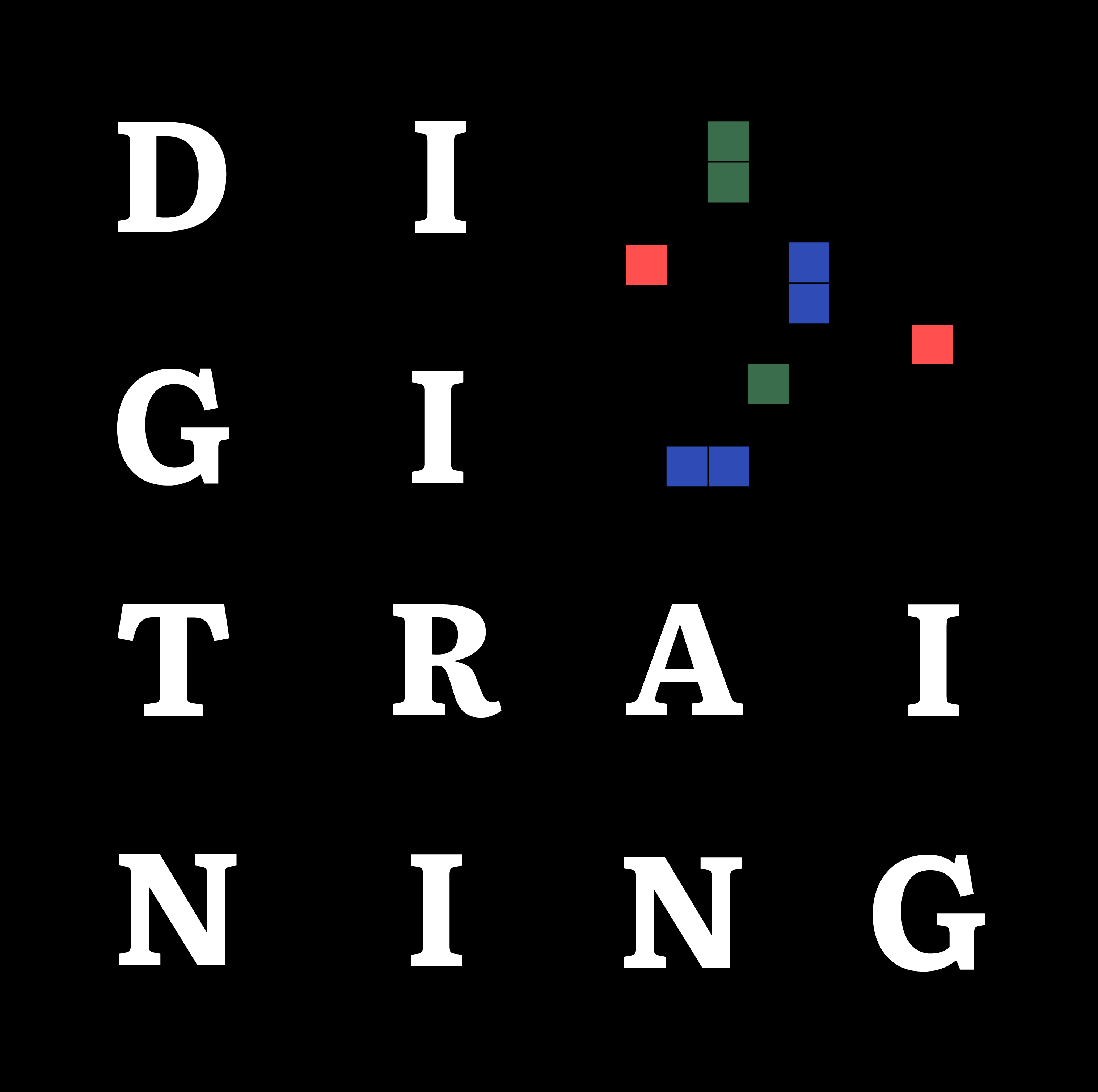As the DigiTraining team engages with participants of the General Programme in the training sessions with our DigiTraining General Programme, we want to take some time to introduce you to our project’s leader, Xenophon Zabulis, from The Foundation for Research and Technology – Hellas (FORTH) in Greece.
Interviewed by Stefanie Thomas, director of strategy and projects at CUMEDIAE, Xenophon gave his insights on the future of the DigiTraining project and what outcomes it can bring to the terrain of cultural heritage in Europe. Below are a few of the main ideas discussed!
What DigiTraining means for Xenophon?
In the age of ever-increasing digitalisation and new technologies, the terrain of cultural heritage is taking an alternative shape and a new dimension within the world of virtual reality. As Xenophon mentions, with the huge efforts of Europe in preserving its cultural heritage and showing the strength of European values, DigiTraining is giving a great opportunity to museums and cultural organisations by professionally engaging them in meaningful ways.
For Xenophon, especially in our time, not only the treasures of culture but also the stories, the values, and the collective memories of European citizens can be preserved and enhanced through digitalisation. And this process of digitalisation, as well as the inherent preservation of cultural heritage that is born out of it, creates interest and attracts visitors to these organisations and cultural sites in an alternative dimension to be shared together, while at the same time it facilitates the preservation of cultural heritage, from tangible to intangible.
 Xenophon’s Expectations from DigiTraining
Xenophon’s Expectations from DigiTraining
Following Stefanie’s question on Xenophon’s hopes and expectations from DigiTraining, Xenophon shares with us his wishes for the project which he explains as “connecting and creating digital capacities at cultural heritage institutions as such connections can expedite and increase this effort to a more professional and multi-serviceable level by multiplying the digital assets that are available to citizens of Europe”.
 Contribution of DigiTraining to the digitalisation effort in cultural industries
Contribution of DigiTraining to the digitalisation effort in cultural industries
Xenophon gives his insight on how DigiTraining can contribute to the effort of digitalisation in cultural industries. He says that there are two ways of attraction towards cultural institutions; on the one hand, cultural institutions serve as physical spheres to be visited and to be engaged in; and on the other, especially nowadays, they serve as virtual public spheres which allow visitors to have virtual tours and interactive activities through their official webpage or other online sources. In this regard, usually cultural heritage institutions, in order to have a comprehensive offering, “…have to put in a lot of work themselves or create a commission that would require funds. The reason why they would have to put in a lot of work themselves is that they do not have the digital capacities to simplify some of the digitisation processes whether these are simply photographs of artefacts or 3D reconstructions of monuments; or stories and elements of oral and/or musical heritage”. As part of our ambition, as the DigiTraining team, we therefore aim to bring the feasibility of digitalisation for cultural heritage and its preservation and protection by weaving cultural industries and technology with our professional and authentic training methodologies.
 Our participants
Our participants
As for participants, Xenophon expresses his amazement by the response and enthusiasm that the cultural heritage organisations showed towards the DigiTraining project. He further elaborates on it by mentioning that “it superseded our initial estimates about their interests, which was a beautiful surprise. We took additional steps to be able to accommodate as many participants as possible”.
 Mutual exchange
Mutual exchange
At this point of the training, what Xenophon is looking forward to the most, as he says, is to have an exchange with the project partners and participants since he thinks that “this is not a one-way learning process, it is a two-way learning process since as project partners, we are also learning at this stage on how to better serve the requirements of cultural heritage institutions and how to improve our tools to better the needs”.
As the principal researcher at FORTH, Xenophon also expresses that his team is “very willing to share their experience, knowledge and to receive knowledge”. From its foundation with 40 years of presence, FORTH has been consistently supporting culture and cultural informatics.
 From dream to reality
From dream to reality
On a lighter note, in response to Stefanie’s question about what Xenophon dreams about at night, Xenophon jokingly says that he does not dream only at night but also during the day. In a more serious tone, he continues to explain that his dreams are mostly about the stories that artefacts carry and the memories of the people that developed those. And with this in mind, Xenophon remarks that our team’s mission is to make sure this is not lost.
 Tips
Tips
For achieving a common ground for the future of cultural heritage in the age of digitalisation, his words of wisdom for the participants who are being trained in this programme are simple yet fundamentally essential: Work, work, work!
It is an exciting period for us, the DigiTraining team, to be involved in something remarkable for the future of cultural industries not only for this exchange of experience and knowledge but also to be working for the generational transmission of cultural heritage. We are also very much content by the positive feedback we are receiving from our beneficiaries. We are looking forward to the upcoming training sessions and enhancing our capacities together through sharing our knowledge and experiences.

